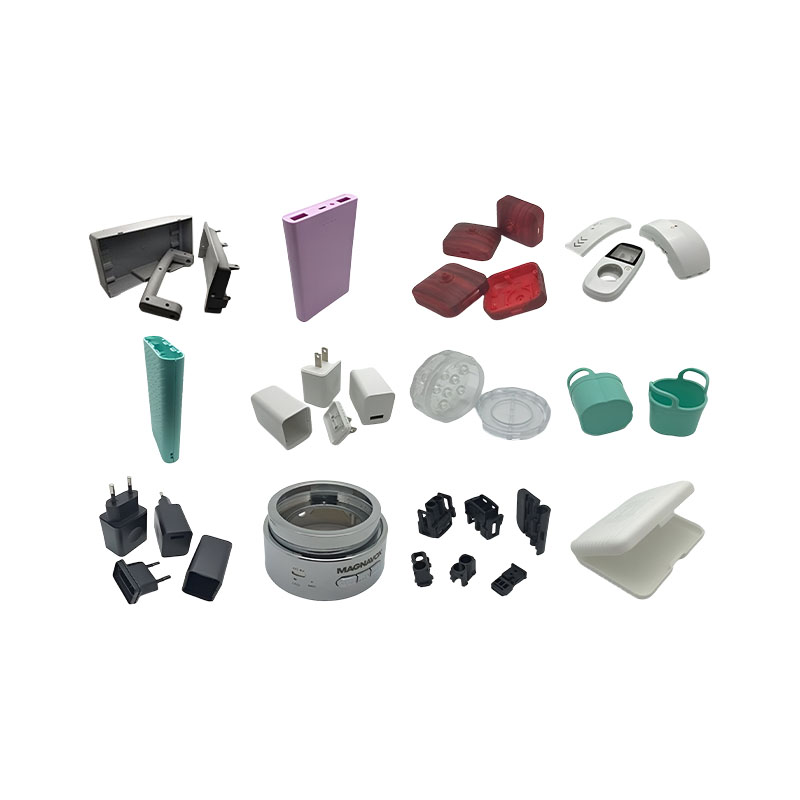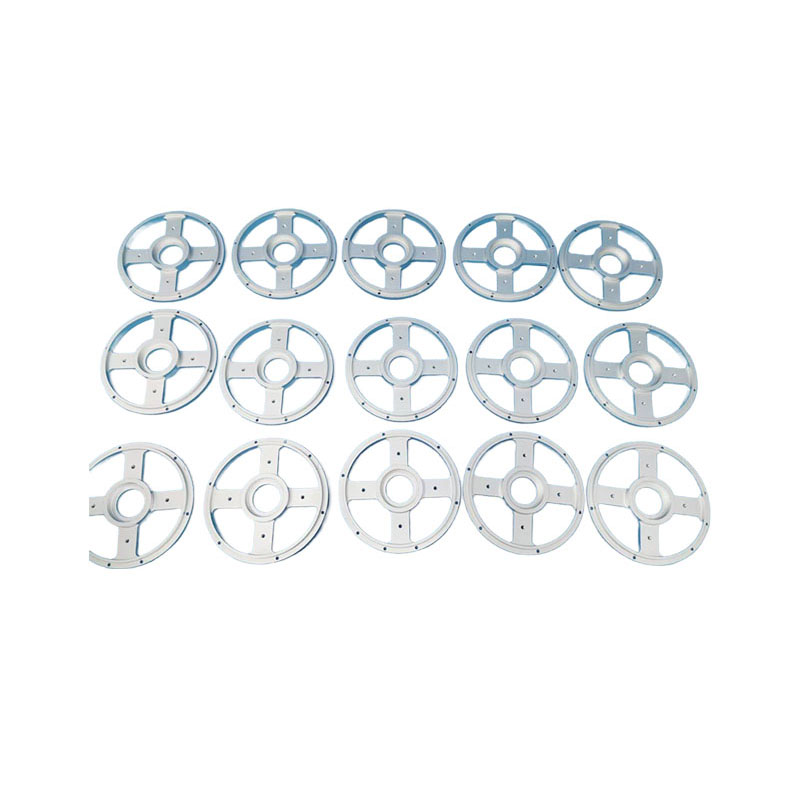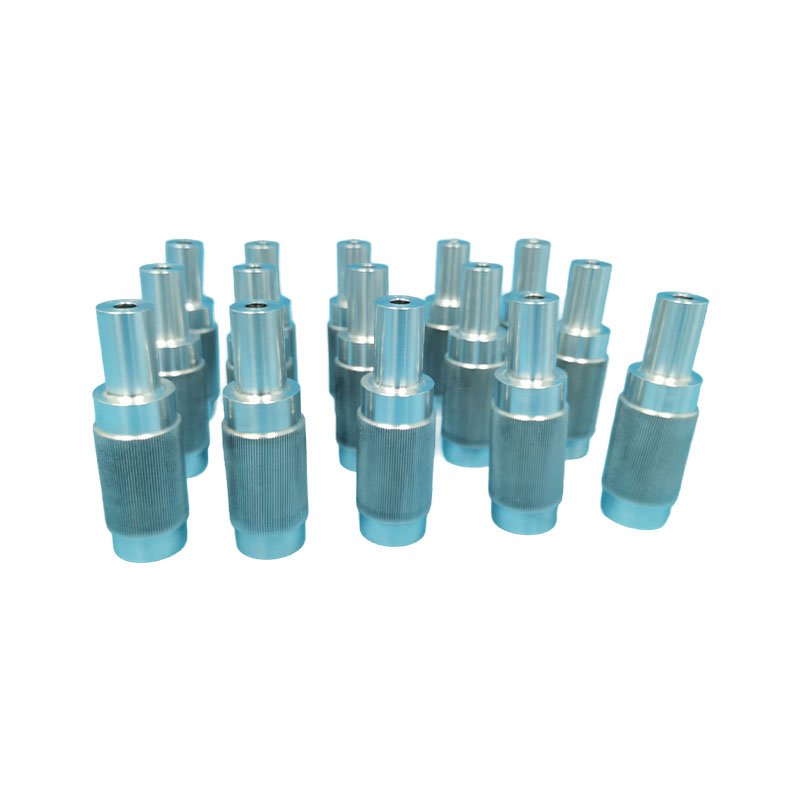How does various plastic injection molding help reduce material waste in the production process?
Release Time : 2025-05-29
Various plastic injection molding is a process widely used in the manufacture of various plastic products. With the global emphasis on sustainable development, how to reduce material waste while ensuring product quality has become an important topic.
1. Accurately control the injection volume
A significant advantage of various plastic injection molding is the ability to very accurately control the amount of plastic injected into the mold cavity each time. Modern injection molding machines are equipped with advanced metering systems that ensure that each injection is performed according to preset parameters, thereby avoiding the overuse of raw materials. This precision not only helps to reduce material costs, but also improves product quality consistency and reduces the scrap rate caused by excess materials.
2. Recycling scraps and waste
In the process of various plastic injection molding, it is inevitable to produce some scraps or waste, such as gates, runners, etc. These materials can usually be reprocessed and used again. Many factories have established a complete recycling system for collecting and processing these wastes. After a series of treatments such as crushing and drying, these wastes can be put back into the production line as part of the raw materials, which greatly reduces the demand for new materials and reduces the overall production cost.
3. Optimize mold design to reduce waste
Reasonable mold design is essential to reduce material waste. Designers can minimize unnecessary material consumption by optimizing gate location, runner layout, etc. For example, the use of hot runner technology can significantly reduce the amount of plastic used in the gate and runner parts while maintaining product quality. In addition, the use of computer-aided engineering (CAE) software for simulation analysis can help predict potential problem points and make adjustments in advance, thereby further reducing the waste that may occur in actual production.
4. Choose the right plastic material
Choosing plastic materials suitable for specific applications is also one of the important strategies to reduce material waste. Different plastic materials have different physical properties and processing characteristics. The correct selection of materials can not only improve the quality of the finished product, but also effectively reduce production failures and material losses caused by material mismatch. For example, under the premise of meeting product performance requirements, priority should be given to plastics that are easy to process and have high recycling rates.
5. Implement lean production and continuous improvement
The lean production concept emphasizes minimizing resource waste, including time, space, and raw materials. In the field of various plastic injection molding, companies can optimize the entire production process by implementing lean production principles. For example, regularly check the equipment status to ensure that it operates at optimal efficiency; strengthen employee training to improve operating skills and problem-solving ability; establish an effective feedback mechanism to encourage team members to make suggestions for improvement, etc. These measures are helpful to discover and eliminate factors that may lead to material waste.
In summary, various plastic injection molding effectively helps reduce material waste in the production process by accurately controlling injection volume, recycling scraps and waste, optimizing mold design, selecting suitable plastic materials, and implementing lean production and continuous improvement. This not only helps to reduce costs and improve economic benefits, but also contributes to environmental protection.
1. Accurately control the injection volume
A significant advantage of various plastic injection molding is the ability to very accurately control the amount of plastic injected into the mold cavity each time. Modern injection molding machines are equipped with advanced metering systems that ensure that each injection is performed according to preset parameters, thereby avoiding the overuse of raw materials. This precision not only helps to reduce material costs, but also improves product quality consistency and reduces the scrap rate caused by excess materials.
2. Recycling scraps and waste
In the process of various plastic injection molding, it is inevitable to produce some scraps or waste, such as gates, runners, etc. These materials can usually be reprocessed and used again. Many factories have established a complete recycling system for collecting and processing these wastes. After a series of treatments such as crushing and drying, these wastes can be put back into the production line as part of the raw materials, which greatly reduces the demand for new materials and reduces the overall production cost.
3. Optimize mold design to reduce waste
Reasonable mold design is essential to reduce material waste. Designers can minimize unnecessary material consumption by optimizing gate location, runner layout, etc. For example, the use of hot runner technology can significantly reduce the amount of plastic used in the gate and runner parts while maintaining product quality. In addition, the use of computer-aided engineering (CAE) software for simulation analysis can help predict potential problem points and make adjustments in advance, thereby further reducing the waste that may occur in actual production.
4. Choose the right plastic material
Choosing plastic materials suitable for specific applications is also one of the important strategies to reduce material waste. Different plastic materials have different physical properties and processing characteristics. The correct selection of materials can not only improve the quality of the finished product, but also effectively reduce production failures and material losses caused by material mismatch. For example, under the premise of meeting product performance requirements, priority should be given to plastics that are easy to process and have high recycling rates.
5. Implement lean production and continuous improvement
The lean production concept emphasizes minimizing resource waste, including time, space, and raw materials. In the field of various plastic injection molding, companies can optimize the entire production process by implementing lean production principles. For example, regularly check the equipment status to ensure that it operates at optimal efficiency; strengthen employee training to improve operating skills and problem-solving ability; establish an effective feedback mechanism to encourage team members to make suggestions for improvement, etc. These measures are helpful to discover and eliminate factors that may lead to material waste.
In summary, various plastic injection molding effectively helps reduce material waste in the production process by accurately controlling injection volume, recycling scraps and waste, optimizing mold design, selecting suitable plastic materials, and implementing lean production and continuous improvement. This not only helps to reduce costs and improve economic benefits, but also contributes to environmental protection.







